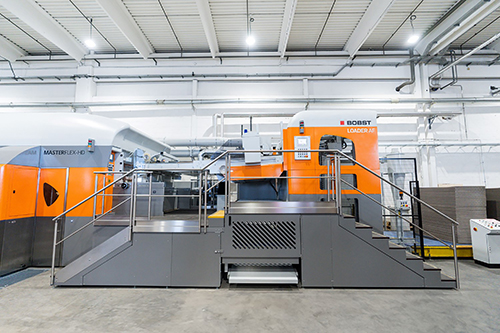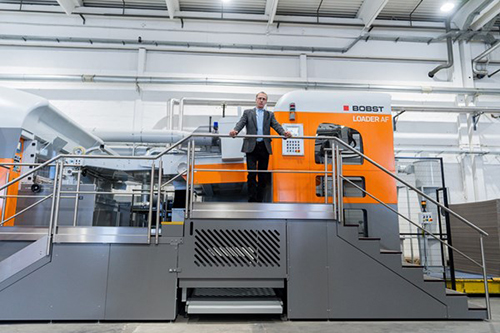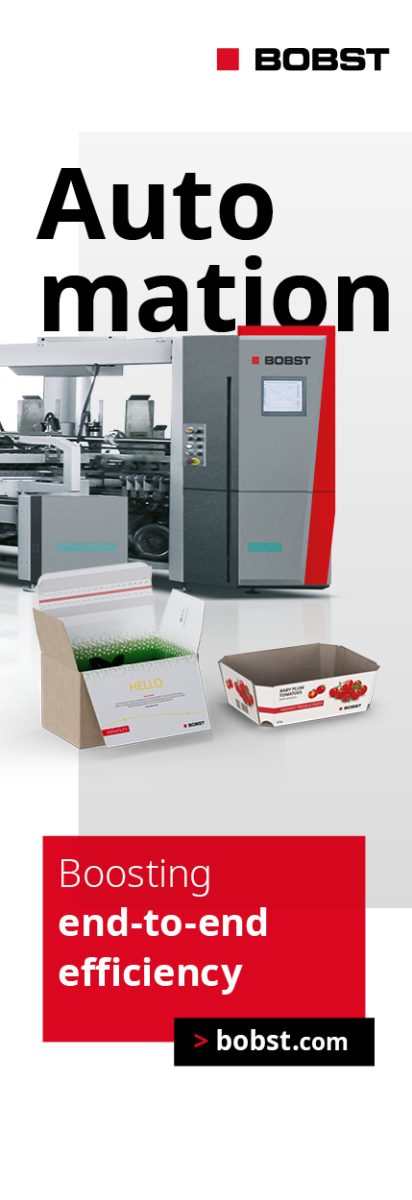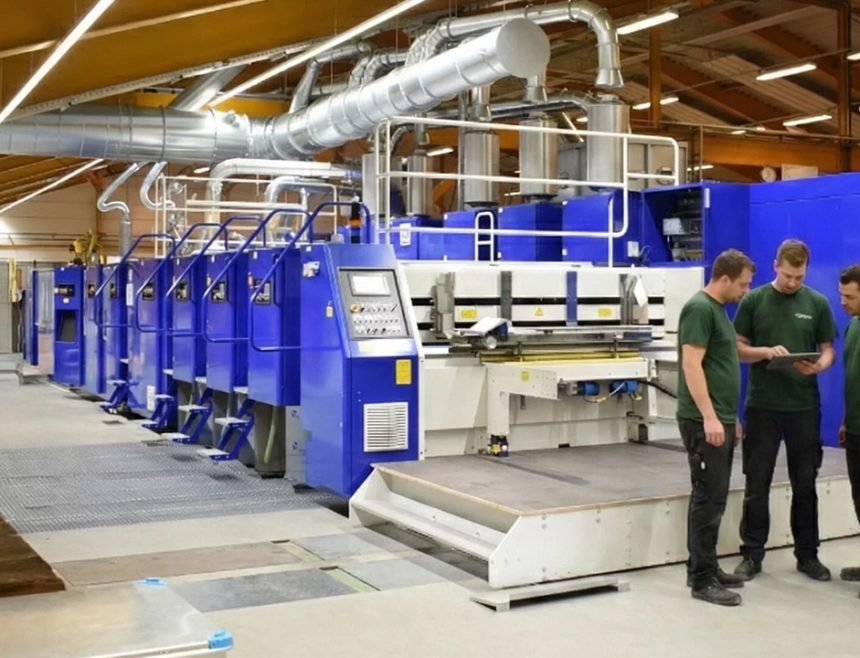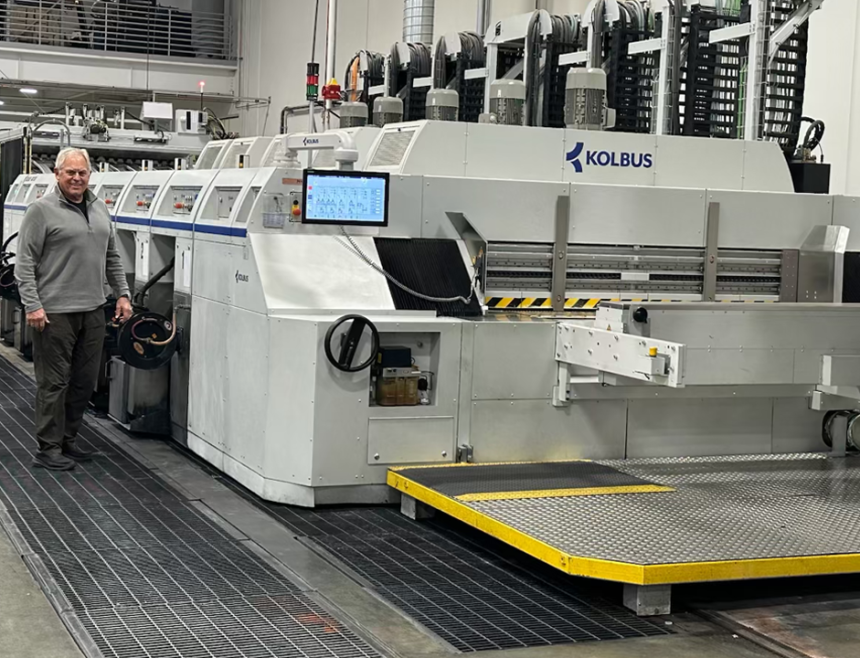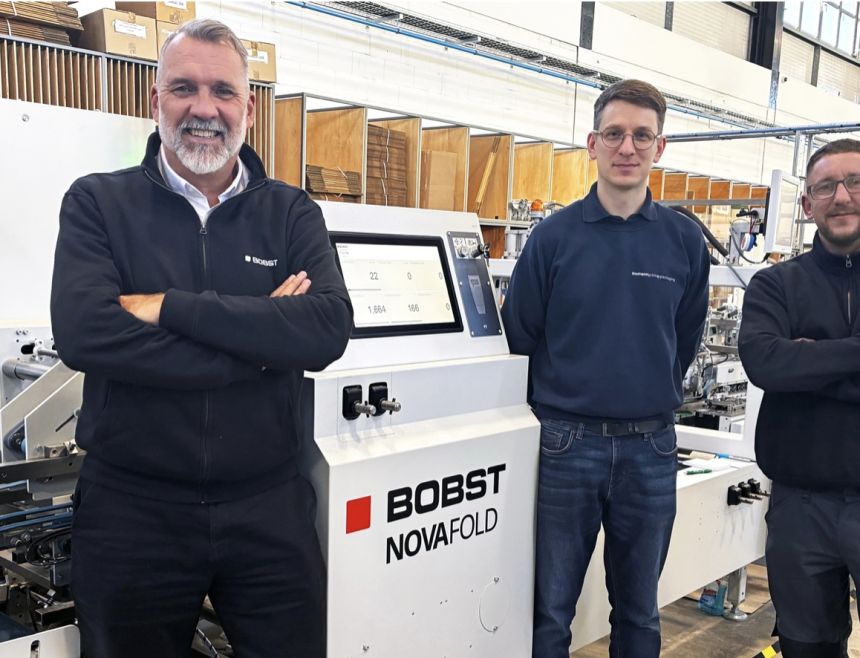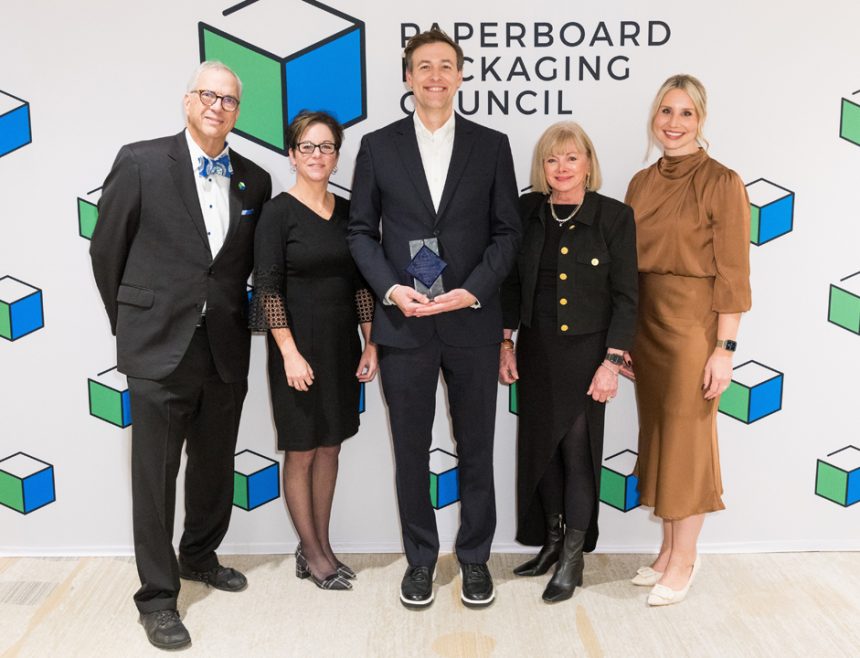DS Smith is investing heavily in its two Austrian production sites: a total of €13m will be invested in the renovation of the plants in Margarethen am Moos and Kalsdorf near Graz. Specifically, it is about increasing capacities by 20%, increasing efficiency and strengthening competitiveness.
The investment is part of DS Smith Packaging East Europe’s ambitious growth strategy, aimed at taking the lead in sustainable packaging solutions across the region and creating added value for customers and partners.
“By investing in technology, automation and sustainability, we are creating the infrastructure for pioneering packaging innovations,” says Reinier Schlatmann, Regional Management Director East Europe, DS Smith. “With a clear focus on the transition to a circular economy, we are reshaping the industry and at the same time support the sustainability goals of our customers.”
The company’s aim is to expand production capacities, increase efficiency and ensure long-term competitiveness in Austria.
“DS Smith’s commitment is supported by the development of innovative corrugated cardboard packaging, the alternatives to problematic plastics. The investments in Austria significantly strengthen our market position and make a sustainable contribution to the environment and the economy,” adds Schlatmann.
Production is Increased
The first steps to harmonise the business processes of both locations in Austria, including quality management and system standardisation, have already been implemented. “With the help of even more efficient processes and increased synergies between the DS Smith locations, we can ensure reliable supply for our customers in the long term,” explains Dieter Glawischnig, Managing Director, DS Smith Packaging Austria. “This strengthens trust and enables us to respond specifically to individual customer needs even in economically volatile times.”
These measures are supported by investments in new machines. Supplied by BOBST, a new MASTERFOLD and a high-performance MASTERLINE die-cutter were put into operation at the Kalsdorf location. This increases performance by 20% and contributes significantly to the sustainable optimisation of production processes.
At the plant in Margarethen, new palletising robots and transfer carriages were installed, which, in combination with targeted optimisation and conversion of the production lines to two parallel packaging lines, enable a significant increase in efficiency.
At the same time, the modernisation of the conveyor technology and the expansion of the warehouses at both locations are nearing completion in order to continue to meet increasing customer demand.
“From today’s perspective, DS Smith is well positioned for the forecast upswing in the Austrian and European economies in 2024,” adds Glawischnig.
Strengthening the Location
“The investments ensure the stability of supply chains and ensure sustainable business continuity,” continues Glawischnig. “By expanding our storage capacities and modernising our machinery, we are not only increasing our production capacity, but also optimising our operational processes. In this way, we are achieving new levels of capacity and strengthening, among other things our competitiveness in the market.”
At the same time, the company actively strives to strengthen the regional business location. “Our investments secure jobs in Vienna, Lower Austria, Salzburg, Burgenland and Styria and at the same time create new, attractive job opportunities for skilled workers,” says Glawischnig.
Investing in the Circular Economy
A not insignificant part of DS Smith’s investments is also aimed at promoting a sustainable resource and circular economy. One example of this is the installation of a new baling waste press in Kalsdorf, which, despite increasing production, enables safer, cleaner and even more efficient waste disposal during packaging production. Measures such as these underline DS Smith’s sustainable commitment to environmental protection and responsible corporate governance. In addition, investments are being made in further future-oriented measures at the two Austrian production sites. The roof areas in Margarethen and Kalsdorf will be extensively renovated and modernised by summer in order to prepare them for the installation of large-scale photovoltaic systems in the coming years.
Glawischnig concludes, “Our investments not only increase the performance of our company in Austria. They also make an important contribution to the sustainable development of the environment and society. We are proud to make forward-looking decisions and look forward to seizing tomorrow’s opportunities today.”



